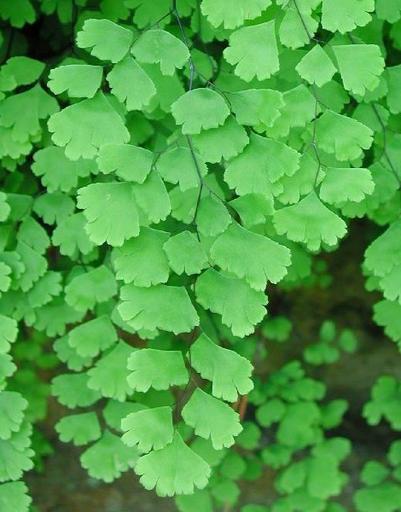MAKE A MEME
View Large Image

| View Original: | Adiantum_capillus-veneris,_Linnæus_1753_(Polypodiales:_Pteridaceæ:_Vittarioideæ).jpg (470x600) | |||
| Download: | Original | Medium | Small | Thumb |
| Courtesy of: | www.flickr.com | More Like This | ||
| Keywords: adiantum fern plantae adiantum capillus-veneris adiantumcapillusveneris polypodiales pteridaceae vittarioideae outdoor foliage plant Illustration for a comparative ecophylogenetic analysis of local myrmecofaunas, based on r/K selection theory and intra / interspecific parabiosis / lestobiosis, particularly focused on allochthonous and invasive species. [Adiantum: 227 spp] There has been some challenge to recent molecular studies, claiming that these provide a skewed view of the phylogenetic order because they do not take into account fossil representatives. However, the molecular studies have clarified relations among families that had already been thought to be polyphyletic before the advent of molecular information but that were left in their polyphyletic ranks because there was not enough information to do otherwise. The classification of ferns using these molecular studies, which have generally supported one another, reflects the best information available at present, because traditional morphological characters are not always informative in elucidating evolutionary relationships among ferns. Illustration for a comparative ecophylogenetic analysis of local myrmecofaunas, based on r/K selection theory and intra / interspecific parabiosis / lestobiosis, particularly focused on allochthonous and invasive species. [Adiantum: 227 spp] There has been some challenge to recent molecular studies, claiming that these provide a skewed view of the phylogenetic order because they do not take into account fossil representatives. However, the molecular studies have clarified relations among families that had already been thought to be polyphyletic before the advent of molecular information but that were left in their polyphyletic ranks because there was not enough information to do otherwise. The classification of ferns using these molecular studies, which have generally supported one another, reflects the best information available at present, because traditional morphological characters are not always informative in elucidating evolutionary relationships among ferns. | ||||